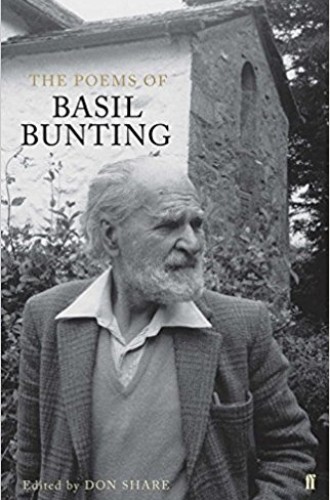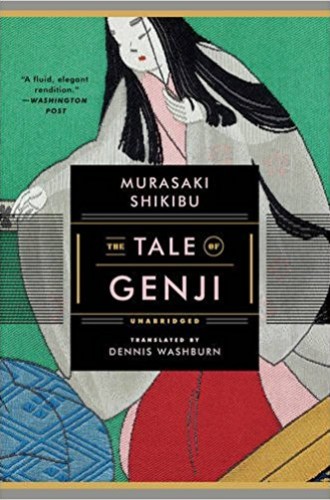The 2016 critical edition of The Poems of Basil Bunting is roughly 30 years overdue. Bunting (1900–1985) was among the greatest modernist poets and yet has rarely received the recognition he deserves. A devoted son of Northumberland, shaped (he claimed) by Quaker mysticism, socialist politics, and northern English landscapes, he regarded poetry as a subdivision of music more than of literature. He called many of his poems “Sonatas,” with Scarlatti’s as his chief exemplars. Bunting was also a distinguished translator of Persian verse, having spent many years midcentury in Iran (working for British military intelligence). His masterpiece, the long poem Briggflatts (1966), is among the glories of British 20th-century verse. Its austere lyricism and hauntingly mysterious imagery create a world of sensibility unlike any other.
Magda Szabó (1917–2007) was a wonderful Hungarian poet, dramatist, and novelist. The Door, first published in 1987 (and now available from the New York Review of Books), is generally regarded as Szabó’s supreme achievement. It is a novel of extraordinary but oddly ineffable profundity, one in which at least as much is suggested as is described. It is reminiscent of the works of great Japanese novelists (like Natsume So-seki and Yasunari Kawabata) in its power to convey depths of psychological truth precisely through the restraint of its narrative voice. The narrator is an elderly writer, like Szabó herself, tormented by the thought that she was responsible for the death of her housekeeper of many years, an enigmatic woman named Emerence who lived most of her days alone behind a door through which almost no one was ever admitted.
Lady Murasaki’s The Tale of Genji is the grandest achievement of Heian period Japanese literature, produced probably in the first decade of the 11th century, and among the greatest novels ever written. Since Dennis Washburn’s 2015 translation was published, there are now four complete translations in English. All are worth reading for the different dimensions of the work that they disclose. Arthur Waley’s exquisitely captures much of the original’s lyricism but is far from faithful. Edward Seidensticker’s boasts greater fidelity, as well as a sparer beauty. Royall Tyler’s is splendidly accurate, unyielding in its direct rendering of complex details and idioms that other translators omit. Washburn’s is delightfully readable, capturing well the unbroken flow of the narrative.









